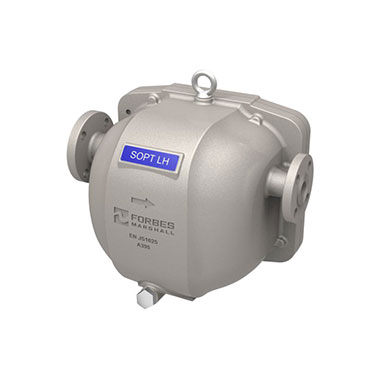What is stall?
Stall in heat exchangers is one of the frequently faced problems while operating steam systems. The word stall literally means to suddenly stop working. Stall in heat exchangers i.e. in steam systems gives rise to many other problems and hence, should be eliminated completely.
How does stall occur?
Steam traps are passive devices. It means, they discharge condensate based on differential pressure across them. In order that traps remove condensate effectively, sufficient differential pressure should be present across the trap. The differential pressure is difference between pressure in heat exchanger and backpressure at the trap exit. Stall occurs when the backpressure is higher than the pressure in the heat exchanger.
Consider an example of process heating where a fluid is being heated using steam at certain temperature and pressure. The trap discharging the condensate will have certain backpressure at the exit against which the condensate will be discharged. Now, if the load suddenly drops, the amount of liquid to be heated will suddenly go down. The only way to ensure that the temperature remains the same is to reduce steam temperature and hence steam pressure. In such cases, if the pressure in heat exchanger goes below the back pressure, the trap will stop discharging the condensate. This situation is called as stalling.
Stall- Symptoms and effects
Occurrence of stall can be noticed from its symptoms and effects. One of the easiest way of finding out if stalling is taking place or not is installing pressure gauges across the trap. If the gauge at the inlet of trap shows a pressure lower than that at the trap outlet, it clearly indicates stalling. Apart from that,
Following are some symptoms/effects of stall :
- Cold Traps
- Water logging in heat exchanger
- Reduced product quality
- Leaking heat exchangers
- Failure of heat exchangers
- Water Hammer
- Corrosion of heat exchangers
How to avoid stall?

The easiest way of avoiding stall is to ensure that the pressure at the trap inlet is always higher than the back pressure. Many times, this cannot be achieved due to practical considerations. In such cases, steam operated pump traps should be installed. In these traps, during stall, condensate is force-discharged using a steam purge.